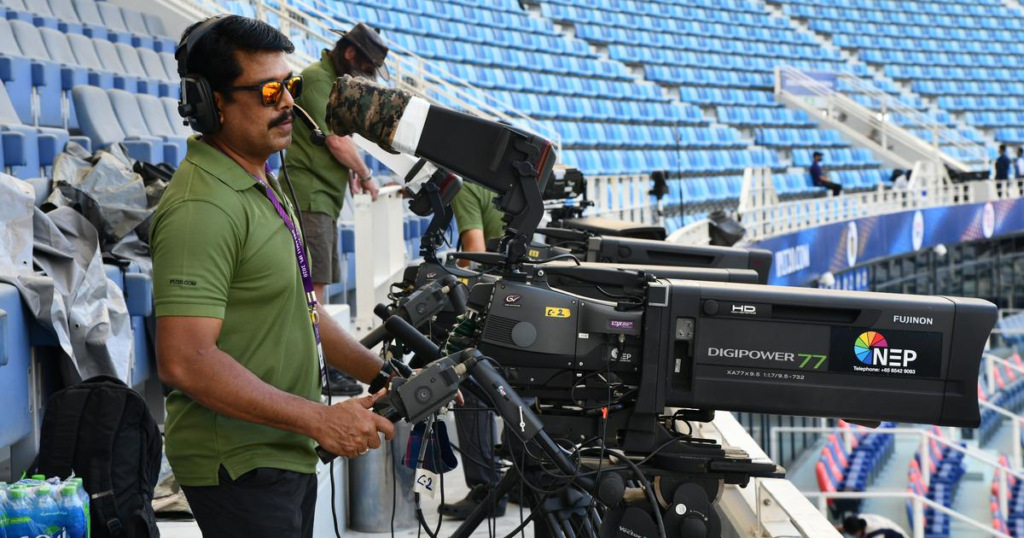
India, a nation where the pulse of sports beats strong, has seen its sports broadcasting landscape transform dramatically over the decades. Let’s delve into the evolution of sports broadcasting in India, from the days of crackling radio commentary to the interactive experiences of today!
How has sports broadcasting in India changed?
1. The Golden Age of Radio (1920s-1950s)
Imagine picturing the thrill of a cricket match solely through the evocative voice of a radio commentator. This was the reality for Indian sports fans in the early days. All India Radio (AIR), established in 1927, became the first broadcaster of sporting events. Legendary commentators like Anant Ram and A.F.S. Talyarkhan weaved magic with their words, painting vivid pictures in listeners’ minds. Cricket matches, especially India’s international clashes, became national events, uniting the country through the shared experience of radio broadcasts.
2. The Television Revolution (1950s-1990s)
The arrival of television in the 1950s marked a turning point. Doordarshan, India’s national broadcaster, started televising major sporting events, bringing the visual dimension to the game. Witnessing the iconic Kapil Dev’s catch to win the 1983 Cricket World Cup etched itself into the collective memory of a nation. This era also saw the rise of regional language commentary, further enhancing the accessibility and connect with diverse audiences across the country.
3. The Era of Competition and Choice (1990s-2010s)
The 1990s witnessed the liberalization of the Indian economy, paving the way for private broadcasters. Star Sports, ESPN, and Sony emerged as major players, offering a wider variety of sports content and innovative programming. This period also saw the rise of cable television, giving viewers more control over their viewing experience. The iconic rivalry between India and Pakistan, especially in cricket, became a ratings juggernaut, further fueling the growth of the sports broadcasting industry.
4. The Digital Age and Beyond (2010s-Present)
The 21st century ushered in the digital revolution, completely reshaping the landscape of sports broadcasting in India. The internet and mobile technology have transformed the way fans consume sports content. Live streaming platforms like Disney+ Hotstar and JioTV offer unparalleled access to live matches and on-demand content. Additionally, the rise of social media has created a new wave of fan engagement. Fans can now actively participate in discussions, share their opinions, and interact directly with players and commentators, fostering a sense of community and belonging.
5. The Future of Sports Broadcasting in India: Personalisation
Looking ahead, the future of sports broadcasting in India is brimming with exciting possibilities. We can expect advancements in technologies like virtual reality (VR) and augmented reality (AR) to create more immersive and interactive viewing experiences. Imagine feeling the roar of the crowd in a virtual stadium or having access to personalized player stats and insights in real-time. Additionally, the use of artificial intelligence (AI) will further personalize content recommendations and cater to individual viewer preferences.
The Enduring Legacy of Sports Broadcasting in India
Despite the significant changes, the core essence of sports broadcasting remains the same. The idea is to connect fans with the games they love and bring them closer to the action. From the days of radio to the age of live streaming, sports broadcasting in India has played a crucial role in fueling the nation’s passion for sports and fostering a sense of national pride. As technology continues to evolve, one thing is certain – the future of sports broadcasting in India promises to be even more exciting, engaging, and interactive for fans across the country.
